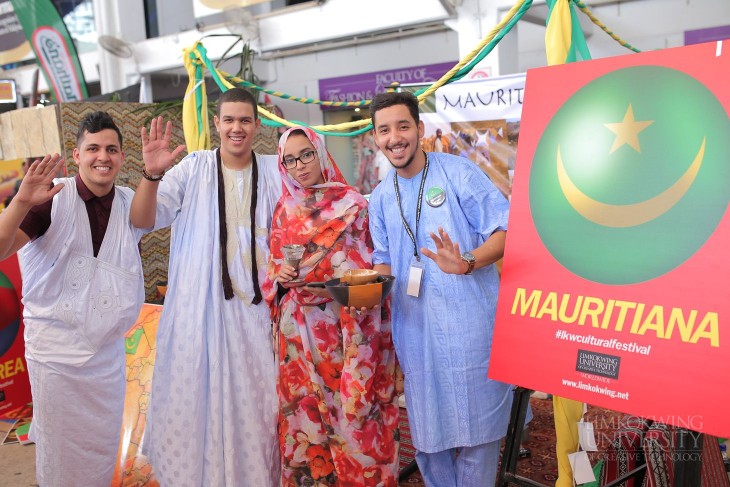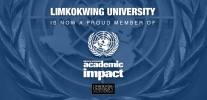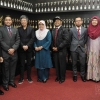
The culture of Mauritania has a mixture of influences from the ancient Berber, Moors, and French people. The cultural influences are especially visible in both music and cuisine.
Most of Mauritanian musicians are from the Iggawin caste, and they use musical instruments such as the tidinit (a lute with four strings), ardin, and a Tbal drum.
The country is also famous for its handicrafts such as cushions made of leather, carpet art, inscribed silver works, woodcarvings etc.
People, Society and Religion
Mauritanian people are divided into three main ethnic groups; Bidhans represent 30% of the population, Haratines 40%, and the Halpulaar, Soninke, Wolof, and Bamara ethnic groups, 30%.
Modern Standard Arabic is Mauritania’s official language. Other major languages include Pulaar, Soninke, Hassaniya Arabic, Wolof, Bambara, and French. French is widely used in the media and in academics.
Despite ethnic and cultural differences among Mauritanians, they all practice Islam with most inhabitants adhering to the Sunni denomination.
Cuisine
According to the iExplore site, Mauritanian cuisine can be seen as an amalgamation of several influences. While many dishes and ingredients like dried meats, grilled goat, sheep, and couscous clearly highlight Berber and Moorish contributions, there are also more modern interpretations like baked goods and French pastries.
Economy
As one of Africa’s newest oil producers, the Islamic Republic of Mauritania bridges the Arab Maghreb and western sub-Saharan Africa. The country also has extensive deposits of iron ore, which accounts for almost 50% of total exports. Its extensive mineral resources include iron ore, gold, copper, gypsum, phosphate rock, and exploration is ongoing for Tantalum, uranium, crude oil, and natural gas.
Reports by the World Factbook cite mining as a growing source of government revenue, rising from 13% to 30% of total revenue from 2006 to 2016.
The nation’s coastal waters are among the richest fishing areas in the world, and fishing accounts for about 20% of budget revenues, and 45% of foreign currency earnings. Mauritania processes a total of 1,800,000 tons of fish per year.
This article is part of a series highlighting the unique cultures featured in the recently concluded Limkokwing International Cultural Festival 2017.























